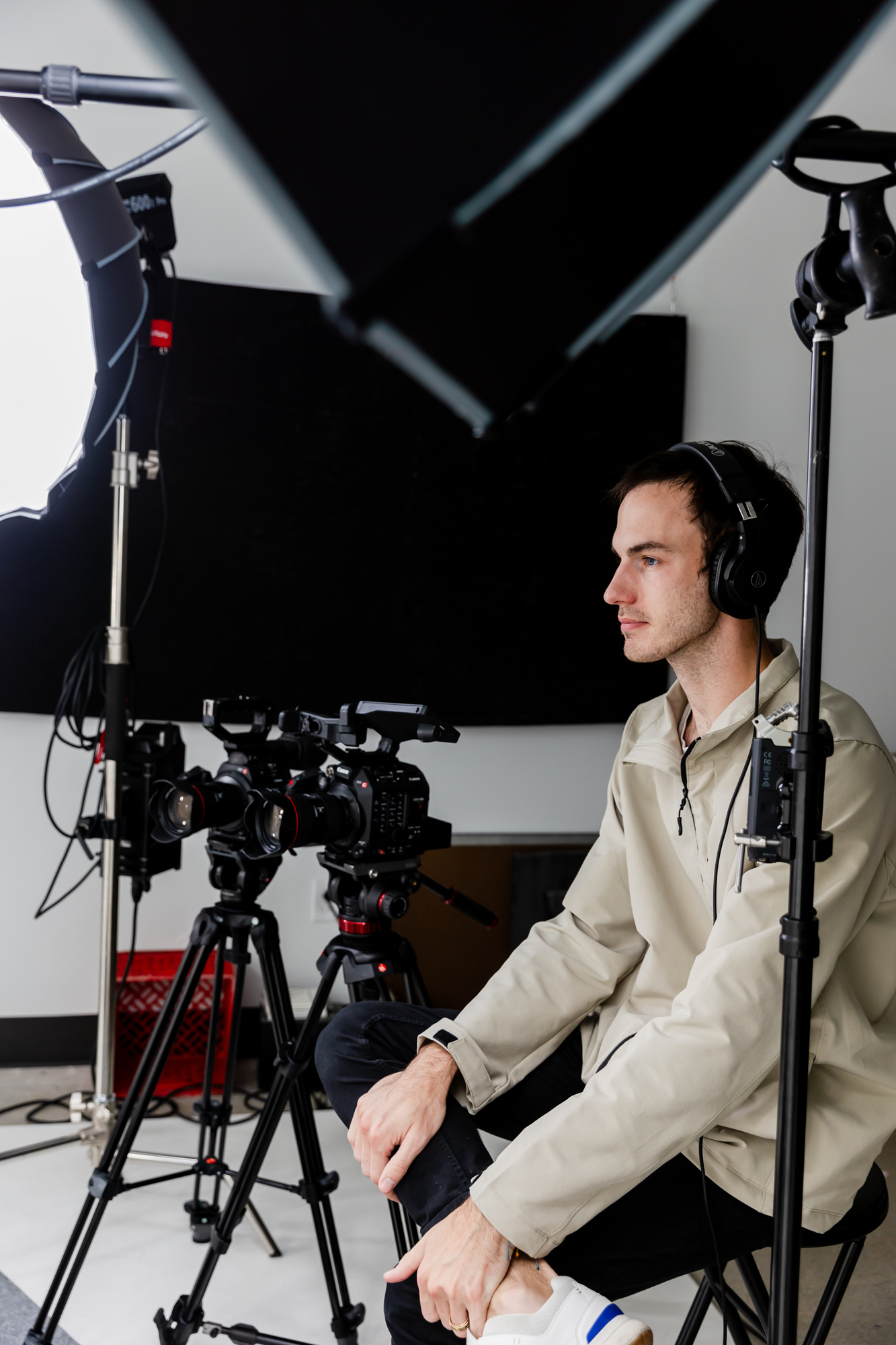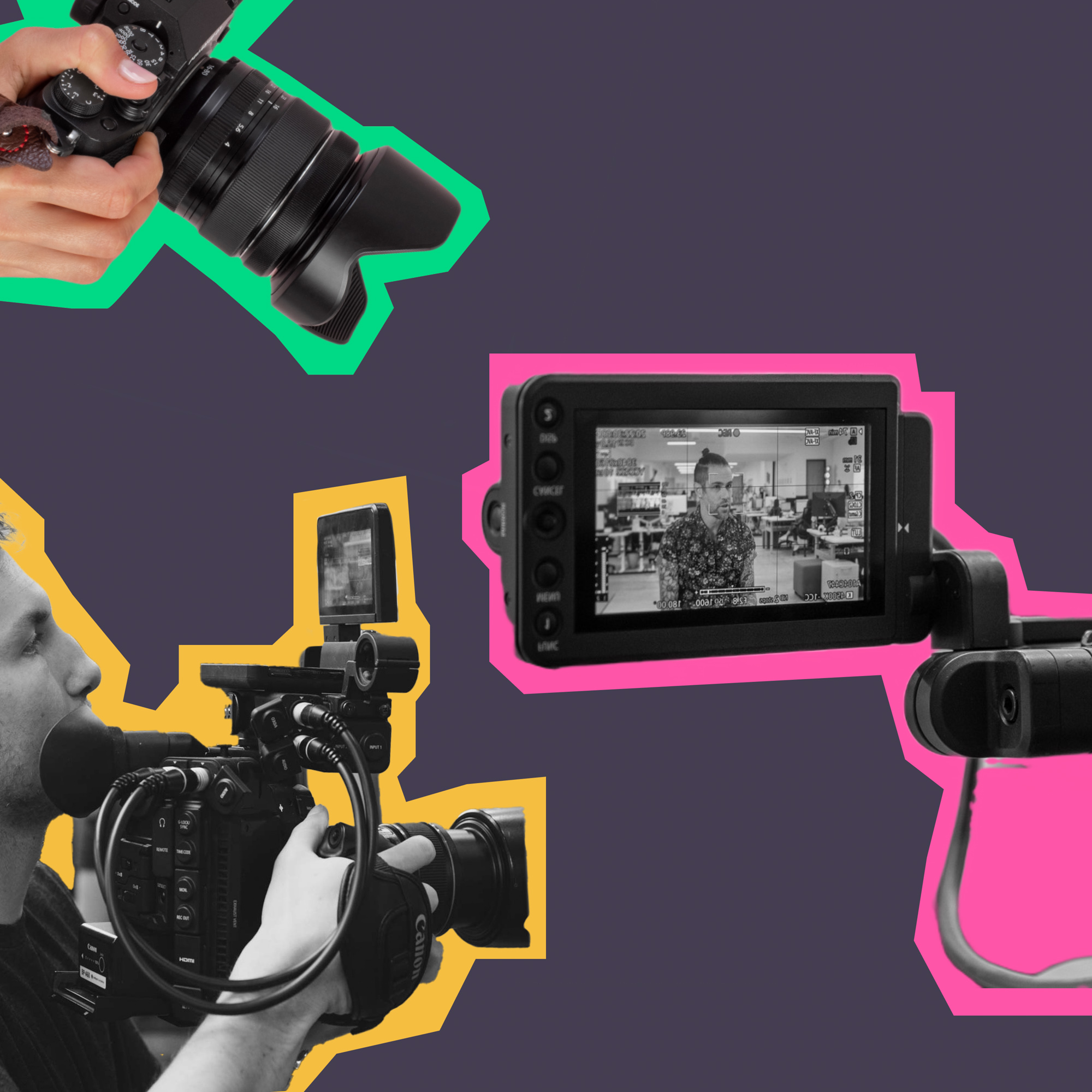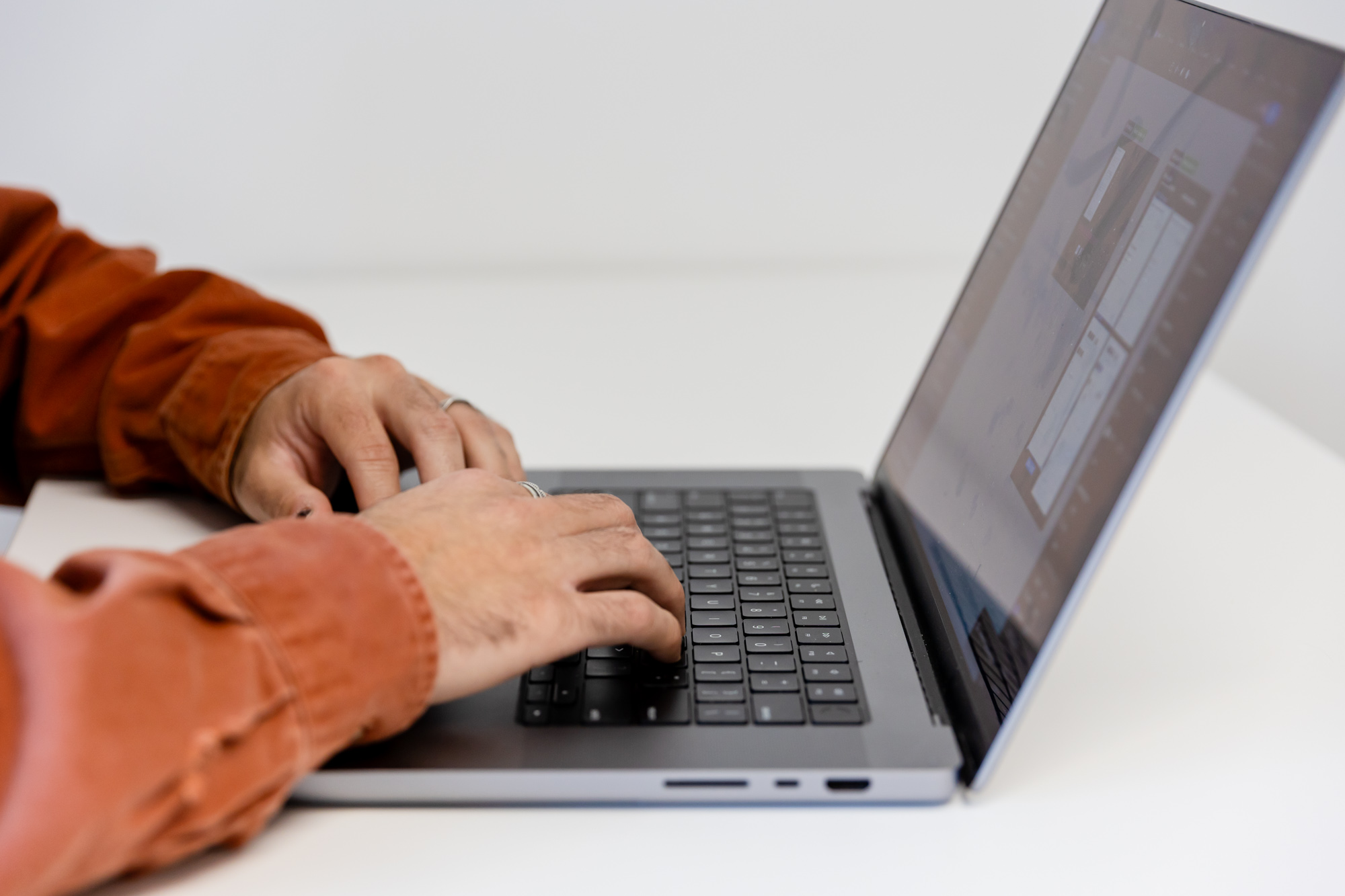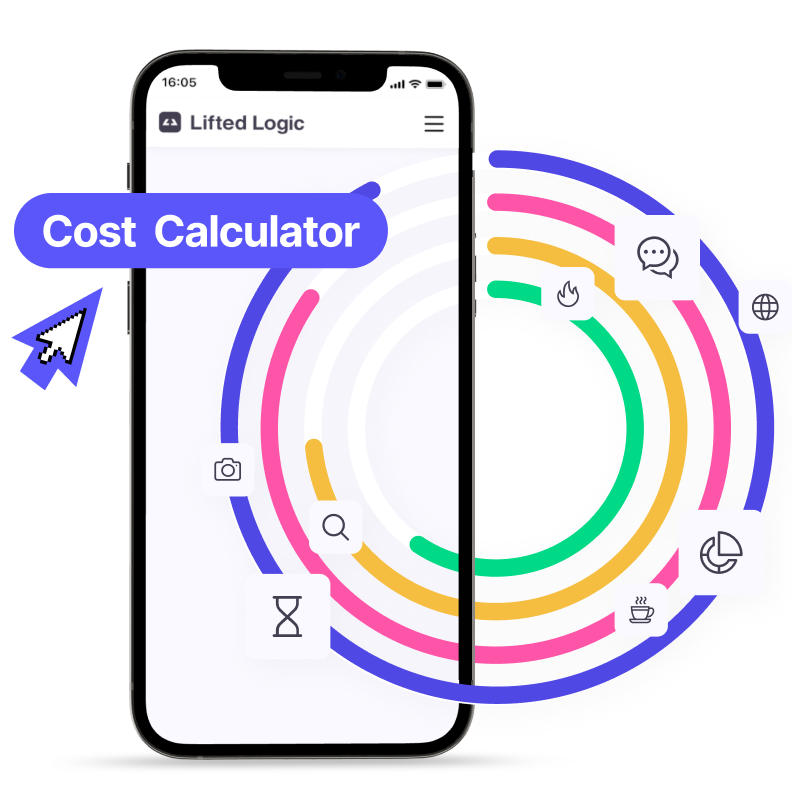You worked hard to build your small business, made innovative products that you’re proud of, and now you’re ready to launch a new product to the public. There’s just one problem, you don’t have any product photos.
Every product you make has the opportunity for success and it all starts with a photo. Product photography is a tool you should master to secure your place in the market and stand out from your competitors.
The following tips will help you prepare for product releases and create a professional, trendy, and share-worthy experience to engage current customers and drive new ones.
Get a Clear Vision
Before you begin the photography stage, you need to get a vision of how you want potential customers to see your product. Everyone who sells a product has a vision for how and where they see their work. Whether it’s in a store or on a website, it’s important to ask yourself how you want your product to be represented.
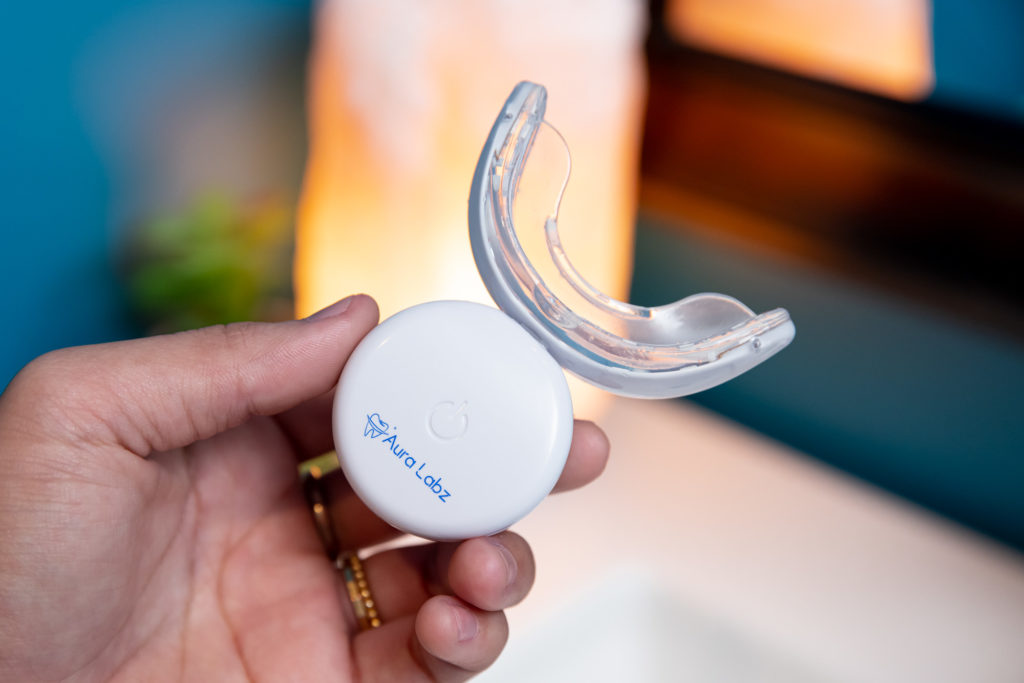
One large component is brand identity, which is how customers will recognize your business and can include everything from your choice of color scheme to your mission statement. The results of having a strong brand identity can lead to more business and can help you stand out in your industry.
You’ll want to ask yourself these key questions while determining the direction of your product photography:
What Do I Look For When I Shop?
An easy way to start building your vision is to think about what you personally look for and enjoy while shopping. What you like may not perfectly translate to your products’ uses, but the idea can help get the creative brainstorming process started.
Revisit a specific shopping experience where you felt particularly inspired. Did you value the way a product was displayed? Or the specific color scheme a brand used? Maybe there is a specific photography style you gravitate toward that you could try to imitate with your own product photography.
What Do I Want People To Notice About My Product?
Everything your business makes serves a purpose. You’ll want to consider what the product is offering and how it’ll provide value for your customers.
For example, if your business sells matchbooks, you’ll need to showcase what aspects make yours special. Do they have unique art on the box? Is the wood a fun color? Are the matches easier to use or longer-burning than standard matches? These are all things you’ll want to keep in mind when thinking of which features to highlight during your photography session.
Who Is My Product For?
The most essential aspect to consider when curating product photography is to keep your target demographic in mind.
For example, if you’re catering to a younger demographic, you’ll want to think about what appeals to them and what catches their eye. If your product is geared towards a particular set of customers, you don’t want to represent it in a way that will attract a different audience.
All of these considerations can set you up for success to make your product photography sessions go smoother and draw in your target audience as a result.
Equipment
Finding the right gear can be the most overwhelming part of the process. There are a lot of different pieces of photography equipment to be aware of and it can be hard to know where to start.
Here are a few basic tools you should know about:
DSLR Camera
Finding the right camera can come down to personal preference, and it’s important to do the proper research on which camera offers the best features you’re looking for. Although this is a big investment, purchasing a DSLR camera will lead to high quality results which can bring the professional feel you’re looking for in your photos.
Light Boxes, Reflectors, & Softboxes
Lighting and cameras go hand-in-hand. The proper lighting setup will take your photos to the next level and set you up for successful photo editing later on!
Setting up lighting can determine the mood for your photoshoot and can help with the composition of your photo. Poor lighting can also immediately turn off potential customers. Light boxes and soft boxes will give you the ability to achieve a studio look, while adding reflectors can make your photos crisp and illuminate your product.
Tripod
Purchasing a tripod will free up your hands to move things around, change up props, and adjust your product without having to change your setup to get the perfect shot every time. Tripods offer additional support so you can give all of your attention to the task at hand.
There are many styles of tripods; overhead tripods to shoot from above, three leg tripods for steady camera placements, and one leg tripods for more angle flexibility. These are especially important if you’re using models to showcase your product. Framing a shot can become more difficult as you work with the model to set up poses.
Backdrops & Props
Backdrops and props can make or break a product shoot. This is where you’ll need to think about the vision you laid out. Backdrops can be simple with a solid color or you can explore patterned backdrops for increased visual interest.
You can use minimal props used to anchor your product. Props are meant to give context to your customer about how the product can be utilized in a unique way and appeal to the solution your customers are looking to obtain by using your product.
Buying gear can be costly, but it’s an investment in your business. There are a few ways your small business can get assistance with the cost. If buying the equipment isn’t within your budget, hiring a photographer could be your next step.
Budget Accordingly
Working with a professional can save you some time and effort in the product photography process and open the door to potential future collaborations. If you’d rather leave the hard work to a trained professional, you’ll want to ensure you have the room in your budget to do so.

Perhaps you didn’t account for product photography in your initial business plan, but now realize it’s an absolute necessity to promote your business. Luckily, there are a variety of funding options available, including opening a small business line of credit. This option can give you a practical financing method to facilitate those equipment investment costs to elevate your product or to hire that dream photographer you’ve been looking for!
Let The Product Have The Stage
A common mistake in product photography is over-producing the product shot. Sometimes, setting the scene for the photo can be distracting and take away from the product. You’ll need to make sure that your product is clearly the focus of the shoot.
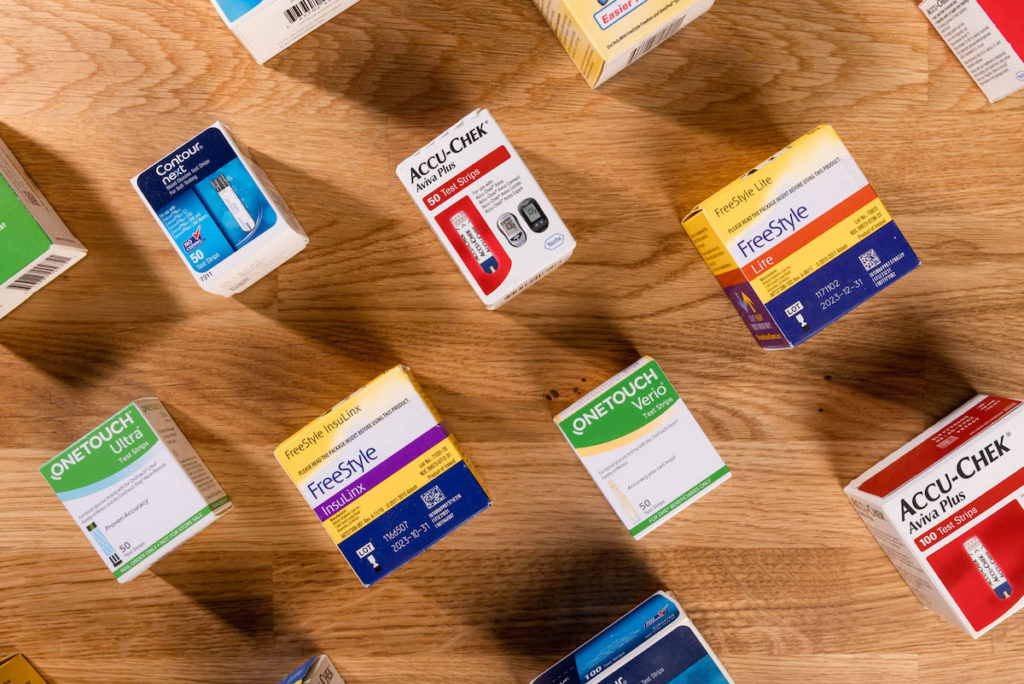
To do this, you’ll want to pick appropriate backdrops that reflect the product’s worth. If your packaging or product design is busy with a lot of shapes and colors, you’ll want to highlight these key features with a simple background. This will help to draw in a potential customer by keeping the shot clean and ultimately visually appealing.
Color can play a large role in consumer buying patterns. You’ll want to pick complementary colors for your shoot. Color theory and color psychology has been very effective in marketing strategies and is often a driving factor in the outcome of your product’s performance.
Visual interest is a key component to styling your product.
Decide early on if your product requires a model. Human integration in a product shoot can bring relatability to the front of the consumer’s buying process. Simple styling with models for apparel or accessory brands will be more effective than simply hanging the product on a rack. Consumers want to know how the product will look in a real life scenario, so don’t be afraid to embrace the trial and error processes of modeling.
Editing & Optimizing
If you choose to go the route of doing product photography on your own, you’ll need to take into account one of the final stages of the photography process: editing.

Investing the time into photo editing provides the opportunity to add those aesthetic details you initially envisioned by adding a color preset to enhance the photo, getting rid of little imperfections in a label, and even getting rid of unwanted shadows by further editing the light and contrast.
Here are a few editing programs that trusted photographers use for their work:
Editing Software
The final stage of your work should be optimizing your photos for your social media platforms and website. This is where all your hard work will be presented to your customers, so it’s important to edit with these specs in mind.
Each social media platform has different optimization standards in place to make sure your photos will be accurately displayed. These will guarantee your work is being represented at the best quality, give your followers an opportunity to share your product, and for you to bring in more impressions.
These steps may seem like tedious tasks to keep in mind, but at the end of the day your product photos represent what you and your business are putting out into the market. Invest in a strong product photography strategy to get your small business on the right track to gaining the attention your product deserves.
Give us a shout to learn more about product photography for your business!
As a web designer, Lifted Logic works with e-commerce businesses with a need for quality, eye-catching product photography.
Whether you’re looking to partner with a professional or try it out on your own, it’s important to prioritize these visuals for your retail business. After all, users heavily rely on photos to make their purchase decisions!
If you’re ready to take the next step with professional product photography, reach out to our team and have coffee with us. We’d love to create a photography strategy tailored to your brand and business goals.
Contact Us

